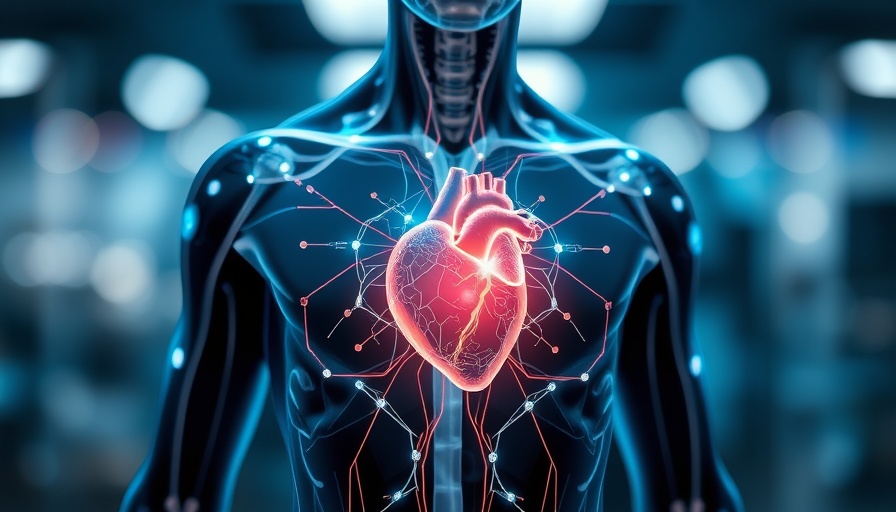
Understanding Physical Factors in the Workplace
In any workplace, physical factors such as heat, noise, light, and vibrations play a critical role in the health and safety of employees. These elements are not merely environmental; they significantly impact worker well-being and performance. The management of these physical factors is essential for creating a safe workspace that fosters productivity and minimizes health risks.
The Impact of Temperature Extremes
Hot and cold environments each present specific threats to workers. Heat can lead to dehydration and heat-related illnesses, while extreme cold exposes workers to frostbite and hypothermia. The Occupational Safety and Health Administration (OSHA) highlights the need for regulations that help monitor temperature conditions and implement measures to keep workers safe. For instance, providing cooling stations in hot conditions or proper insulation during cold weather can greatly enhance safety performance. A recent survey indicated that companies enforcing such guidelines reported fewer workplace incidents.
Noise Pollution: A Rising Concern
As more industries expand, noise pollution has become a significant workplace hazard. Excessive sound levels can lead to permanent hearing loss and increased stress levels among employees. According to research by the National Institute for Occupational Safety and Health (NIOSH), proactive measures, such as soundproofing workspaces and providing personal protective equipment (PPE), are necessary to mitigate these risks. Employers are urged to conduct regular assessments of noise levels and take necessary actions on findings.
Managing Vibrations Effectively
Vibrations can also pose serious threats to worker health, particularly in industries that require the use of heavy machinery. Regular exposure to vibrations can lead to conditions such as Hand-Arm Vibration Syndrome (HAVS). Mitigative strategies include redesigning tools for ergonomic safety and implementing faster procedures to adjust work practices that help minimize vibration exposure. Many companies have found success by investing in technology that reduces machinery vibrations, thereby leading to healthier work conditions.
Light Levels and Employee Comfort
Proper lighting is another essential aspect of workplace safety. Poorly lit environments can contribute to accidents and reduce workers’ ability to focus, eventually lowering productivity. A study conducted by the American Society of Interior Designers concluded that well-lit workspaces improved overall morale and performance. Bright, adjustable lighting not only affects employee oversight but also helps in maintaining eye health.
Health Risks Associated with Environmental Exposure
The risks associated with physical factors underline the importance of continuous monitoring. Without proper management, physical factors can lead to chronic health issues, reduced employee satisfaction, and increased absenteeism. Regular surveillance of workplace conditions is vital, and employers should encourage an open dialogue on safety concerns with their teams.
Taking Action: Strategies for Improvement
To proactively address these physical factors, organizations should invest in training programs to help employees recognize and report hazards. Furthermore, creating a culture of safety where employees feel empowered to address physical concerns can lead to improved workplace dynamics. This includes providing necessary resources for education about the risks associated with different physical factors and the best practices to mitigate those risks.
Conclusion: Creating a Safer Workplace
Physical factors will always play a transformative role in workplace dynamics. Companies that prioritize these factors not only enhance their employees' health and safety but also foster a more productive and engaged workforce. Continuous assessment and adaptability to modern workplace challenges can set a benchmark in creating safer environments. By understanding the impact of physical factors, organizations can prevent harmful outcomes while encouraging a culture of safety and well-being.
 Rij toevoegen
Rij toevoegen






 Rij toevoegen
Rij toevoegen



Write A Comment